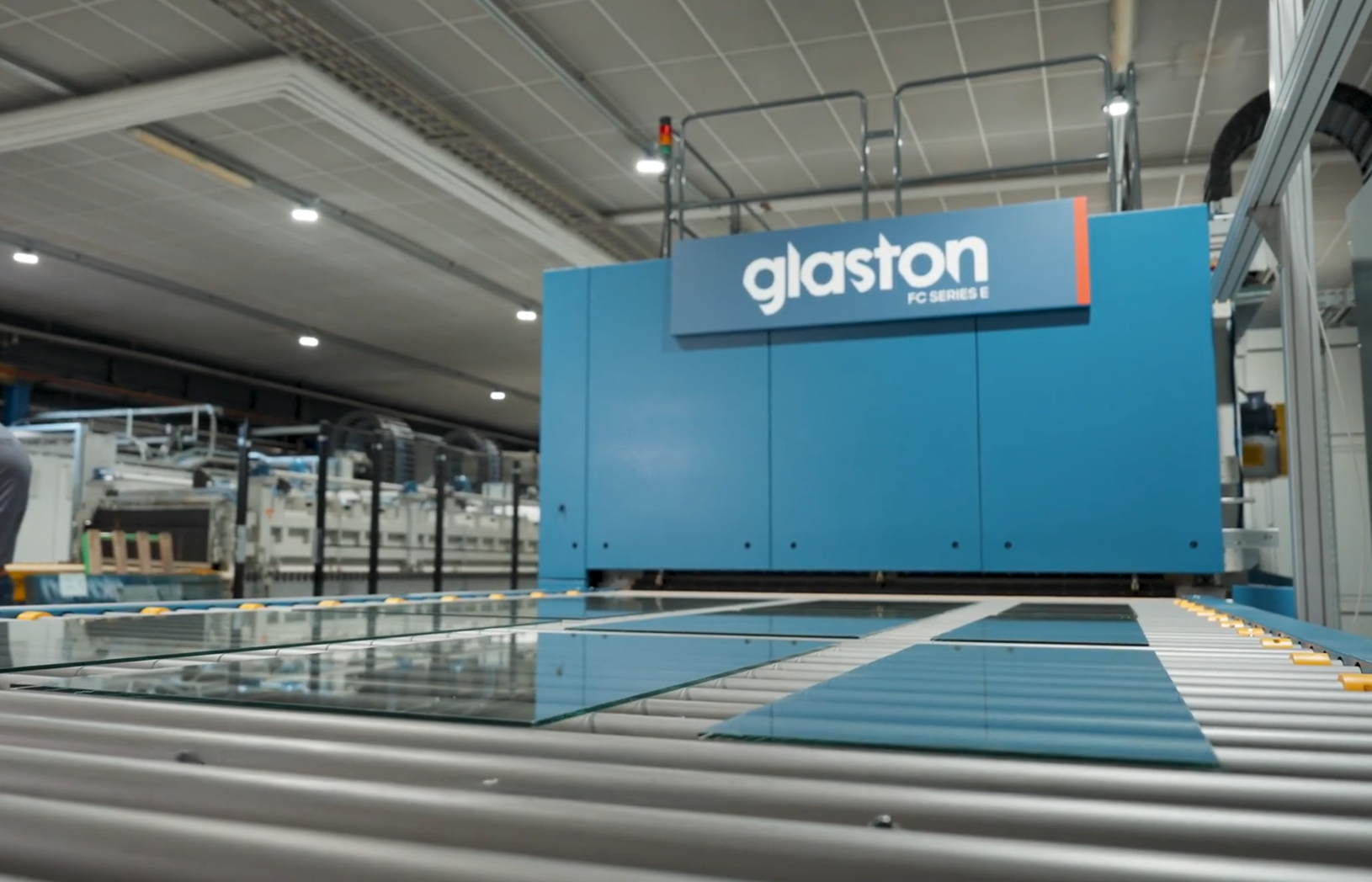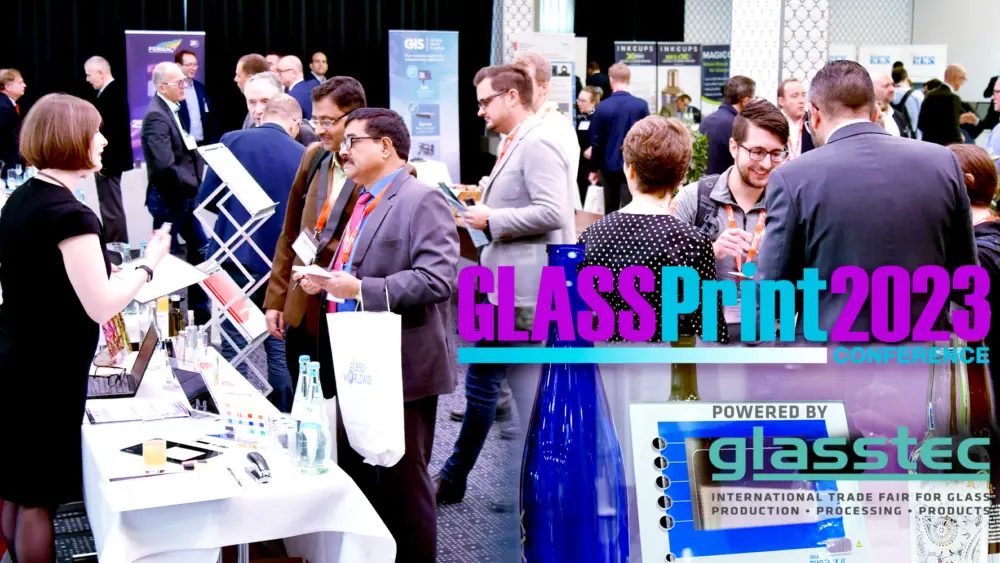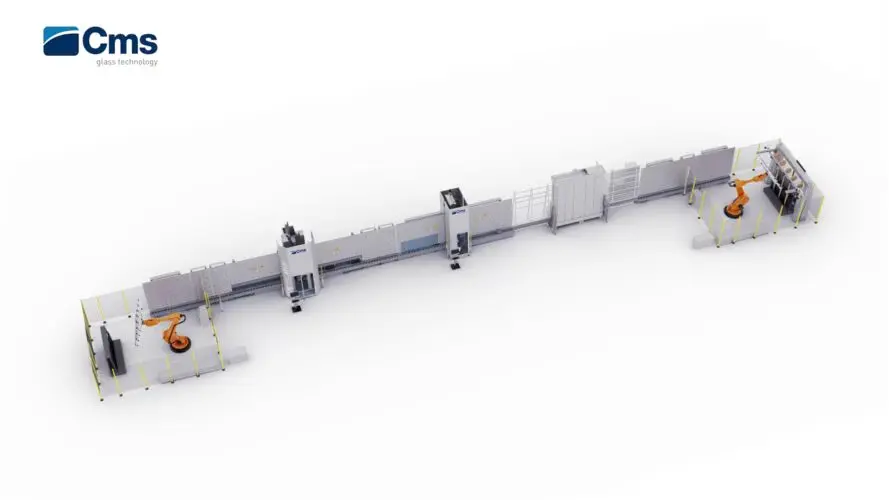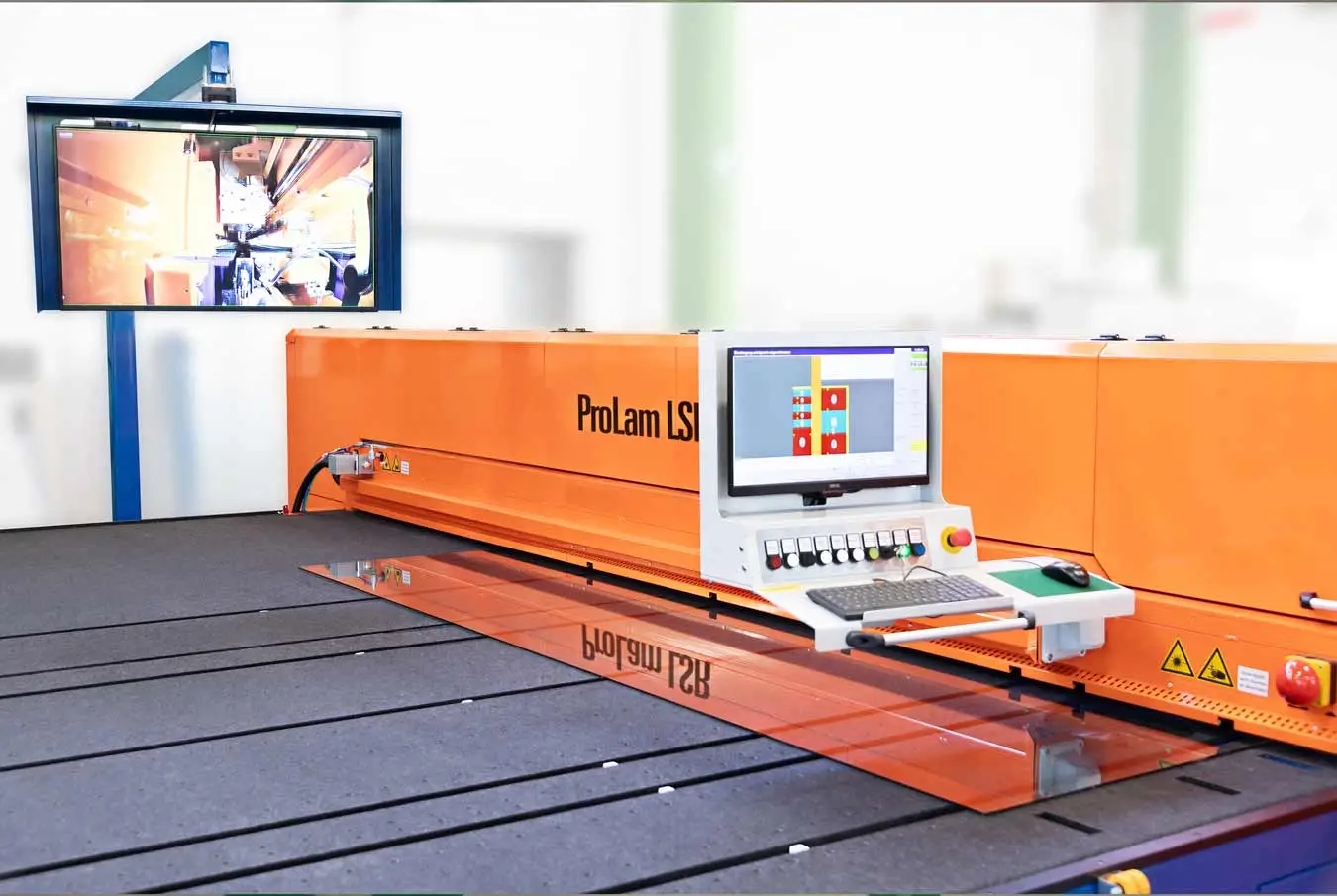Low-E glass coatings reflect infrared radiation, making heat penetration slower and uneven. In conventional tempering, this leads to longer heating cycles, lower loading efficiency, and up to 15–20% higher energy consumption compared to clear glass.
Glaston addresses this with advanced circulating air convection, ensuring uniform temperature across the glass surface even with highly reflective coatings. Efficient air movement improves heat transfer, reducing the need for extended radiant heating.
Paired with Roller Heat Control (RHC), which maintains precise roller temperatures, and Tempering Autopilot, which dynamically adjusts heating zones in real time, the system optimizes furnace efficiency.
This combination enables higher loading efficiency, reduced energy consumption, and consistent tempered glass quality, making Low-E production both energy-efficient and productive.
Source: Glaston with additional information added by Glass Balkan







